5 Steps to Renting Certified Test Blocks for Your Next Load Test
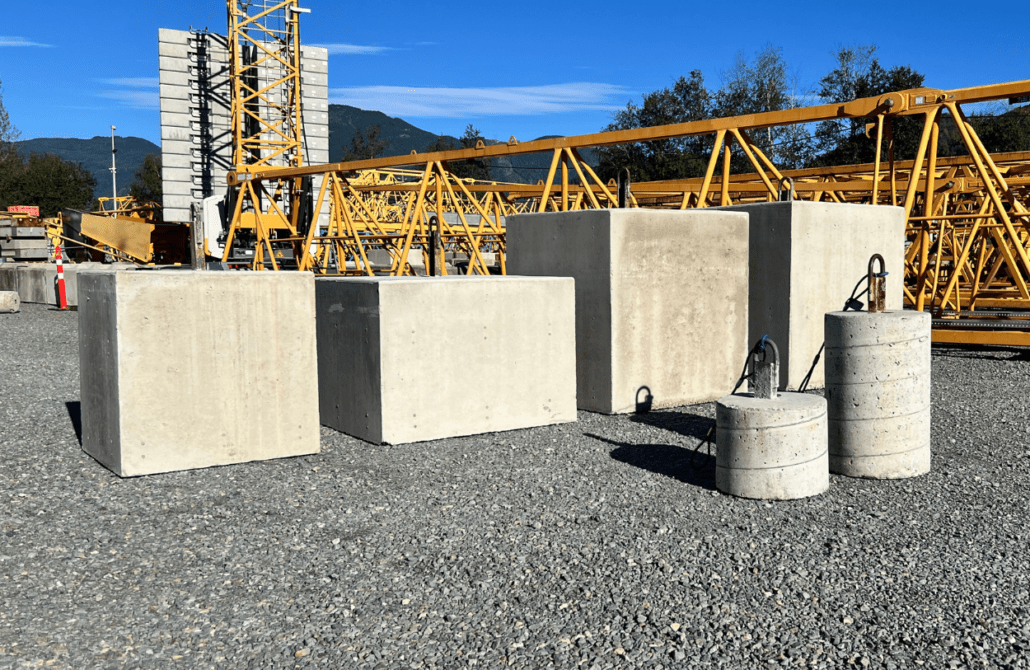
When you’re preparing for a mandatory proof load test, timing and accuracy matter. Whether you’re testing a tower crane, hoist, or rigging system, having reliable, certified solid test weights for hire is essential to meeting safety standards while keeping your project on schedule. This step-by-step guide explains how to rent certified test blocks, confirm capacity […]
Hands-On Learning with Bigfoot Academy’s Simulator Training

At Bigfoot Crane Academy, we believe great operators are made through great training. Our simulator-based programs give students the tools they need to succeed in real-world crane operation — safely, confidently, and efficiently. To showcase how simulator training prepares operators for the jobsite, we spoke with Derek Vincent, a seasoned crane operator with over a […]
Bigfoot Crane Company Honoured with Safety Award for second year from the Canadian Crane Rental Association
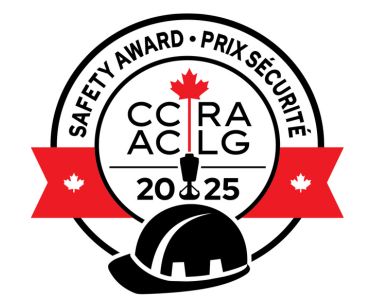
FOR IMMEDIATE RELEASE Abbotsford, BC – June 6, 2025 — Bigfoot Crane Company is proud to announce that it has been awarded the prestigious Safety Award from the Canadian Crane Rental Association (CCRA) for a second year in a row in recognition of its unwavering commitment to health and safety practices throughout 2024. The award […]
Winter Safety Essentials: How Anemometers Protect Your Job Site in Harsh Conditions
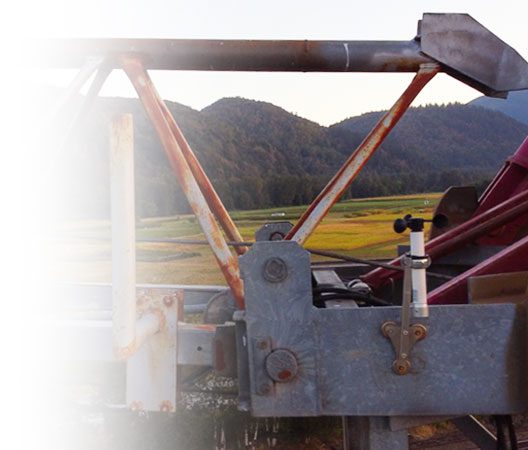
Protect Your Job Site in Harsh Conditions Winter weather can be unforgiving on construction sites, introducing unique challenges that compromise safety and efficiency. Among the most significant risks is high wind, which, combined with freezing temperatures, ice, and snow, poses dangers to workers, equipment, and operations. To ensure safety during harsh winter conditions, Bigfoot Crane […]
The Ultimate Guide to Protecting Your Construction Site This Winter
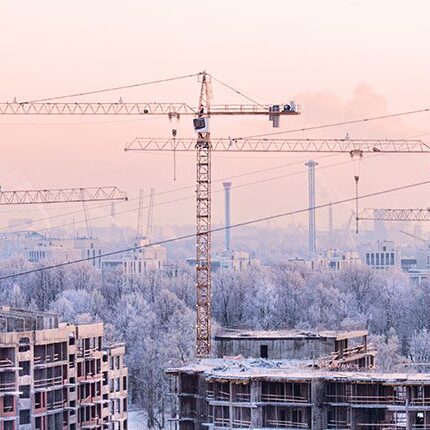
Winter weather poses unique challenges for construction sites, from freezing temperatures and high winds to snow and ice accumulation. To maintain safety and productivity, it’s essential to prepare your site for these harsh conditions. This guide outlines practical steps to protect your construction site during winter. Step 1: Prioritize Wind Monitoring with Anemometers Wind is […]
11 Essential Tips Before Renting a Crane in Lower Mainland, BC
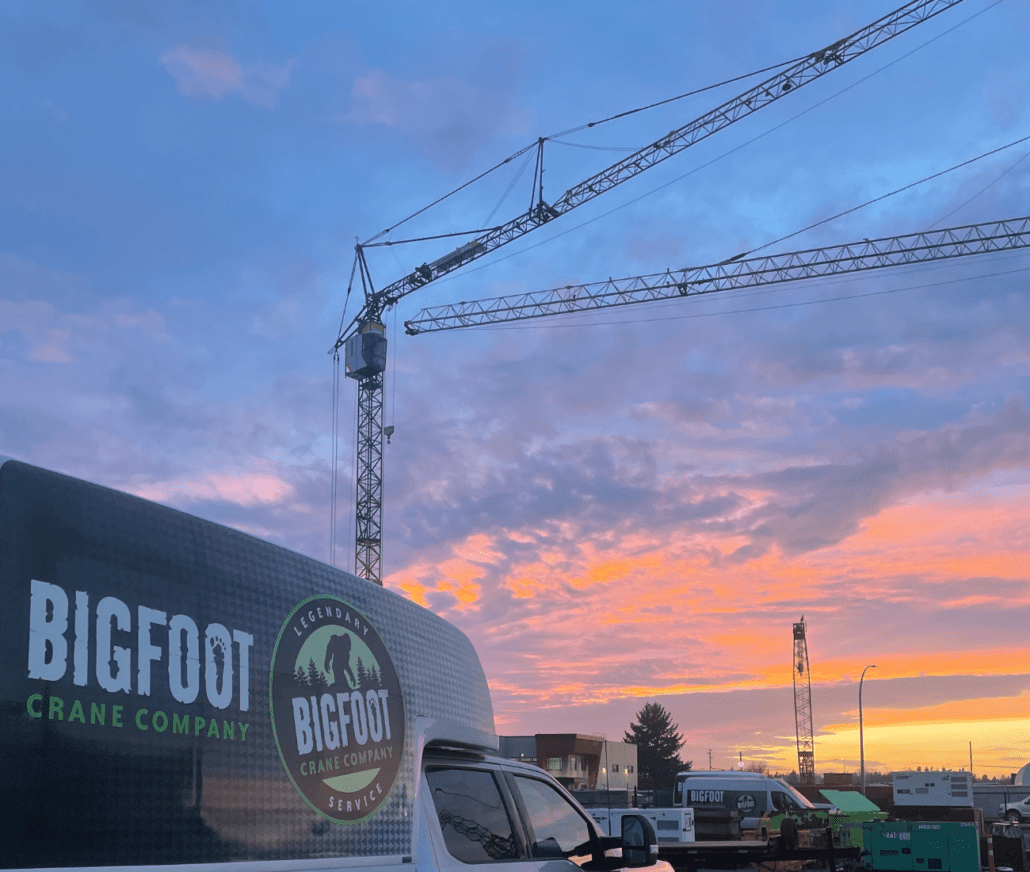
Renting a crane can elevate your construction project, but it requires careful planning. Here are 11 essential tips to ensure a smooth, safe, and cost-effective rental experience.